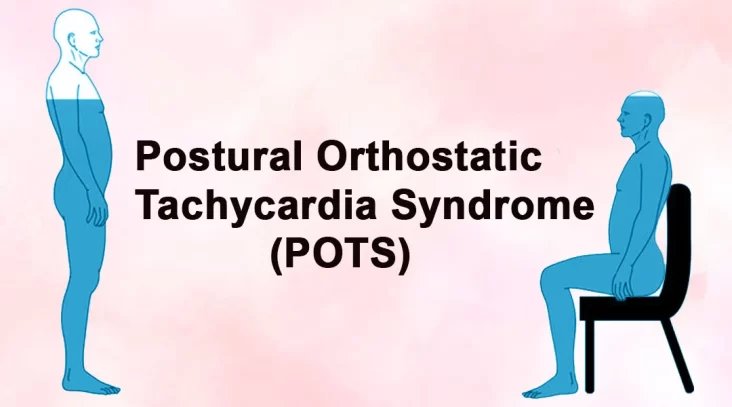Postural orthostatic tachycardia syndrome (POTS) is a complex and often debilitating condition characterized by an abnormal increase in heart rate upon assuming an upright position, such as standing up from a seated or lying position. This rapid heart rate (tachycardia) typically occurs within 10 minutes of standing and is accompanied by a variety of symptoms, including lightheadedness, dizziness, palpitations, fatigue, weakness, brain fog, and sometimes fainting (syncope). POTS primarily affects young adults, particularly women, although it can occur in individuals of any age.
POTS Causes
The exact cause of POTS is not fully understood, but it is believed to involve dysfunction of the autonomic nervous system, which regulates involuntary bodily functions such as heart rate, blood pressure, and digestion. In individuals with POTS, there appears to be an imbalance in the regulation of blood flow and circulation, leading to inadequate blood flow to the brain when assuming an upright posture. Several factors may contribute to the development of POTS, including:
- Dysautonomia: Dysfunction of the autonomic nervous system.
- Hypermobility: Some individuals with POTS may also have joint hypermobility syndromes such as Ehlers-Danlos syndrome.
- Autoimmune disorders: POTS has been associated with autoimmune conditions such as Sjögren’s syndrome and lupus.
- Infections: Viral illnesses or other infections may trigger the onset of POTS in susceptible individuals.
- Deconditioning: Prolonged periods of inactivity or bed rest can exacerbate symptoms of POTS.
POTS Diagnosis:
Diagnosing POTS can be challenging due to the variability of symptoms and the overlap with other conditions. Healthcare providers typically rely on a combination of medical history, physical examination, and specialized tests to diagnose POTS. Key diagnostic criteria include:
- Symptoms: Chronic symptoms of orthostatic intolerance, such as lightheadedness, palpitations, and fatigue, which worsen upon assuming an upright posture.
- Orthostatic intolerance: An increase in heart rate of at least 30 beats per minute (or to a rate greater than 120 beats per minute) within 10 minutes of standing or upright tilt on a tilt table test, in the absence of orthostatic hypotension (a drop in blood pressure upon standing).
- Exclude other causes: Other conditions that may mimic the symptoms of POTS, such as dehydration, anaemia, thyroid dysfunction, or heart disease, should be ruled out.
POTS Treatment:
Management of POTS typically involves a multidisciplinary approach aimed at improving symptoms and enhancing quality of life. Treatment strategies may include:
- Lifestyle modifications: Increasing fluid and salt intake to expand blood volume, wearing compression garments to improve venous return, and avoiding triggers such as prolonged standing or heat exposure.
- Physical countermeasures: Graduated exercise programs, such as aerobic conditioning and resistance training, can help improve cardiovascular fitness and reduce symptoms of orthostatic intolerance.
- Medications: Pharmacological interventions may be prescribed to alleviate specific symptoms of POTS, such as beta-blockers to control heart rate, fludrocortisone to increase blood volume, or medications to improve blood circulation.
- Dietary changes: Some individuals with POTS find that dietary modifications, such as consuming smaller, more frequent meals and avoiding caffeine and alcohol, can help alleviate symptoms.
- Psychological support: Living with a chronic illness like POTS can be challenging, and psychological support, such as counselling or support groups, can help individuals cope with the emotional and psychological impact of the condition.
POTS Prognosis:
The prognosis for individuals with POTS varies depending on the severity of symptoms and the effectiveness of treatment. While POTS can significantly impact daily functioning and quality of life, many individuals experience improvement with appropriate management strategies. However, some may continue to experience chronic symptoms despite treatment. Long-term follow-up and ongoing monitoring by healthcare providers are essential to optimize outcomes and address any changes in symptoms or treatment needs.
In conclusion, postural orthostatic tachycardia syndrome (POTS) is a complex autonomic disorder characterized by an abnormal increase in heart rate upon assuming an upright posture. While POTS can be challenging to diagnose and manage, a comprehensive approach involving lifestyle modifications, physical therapy, medications, and psychological support can help alleviate symptoms and improve the quality of life for individuals living with this condition. Continued research is needed to better understand the underlying mechanisms of POTS and develop more effective treatment strategies.

